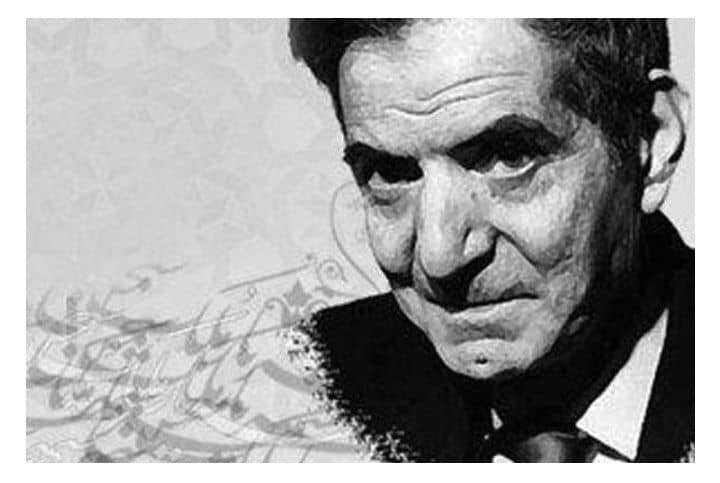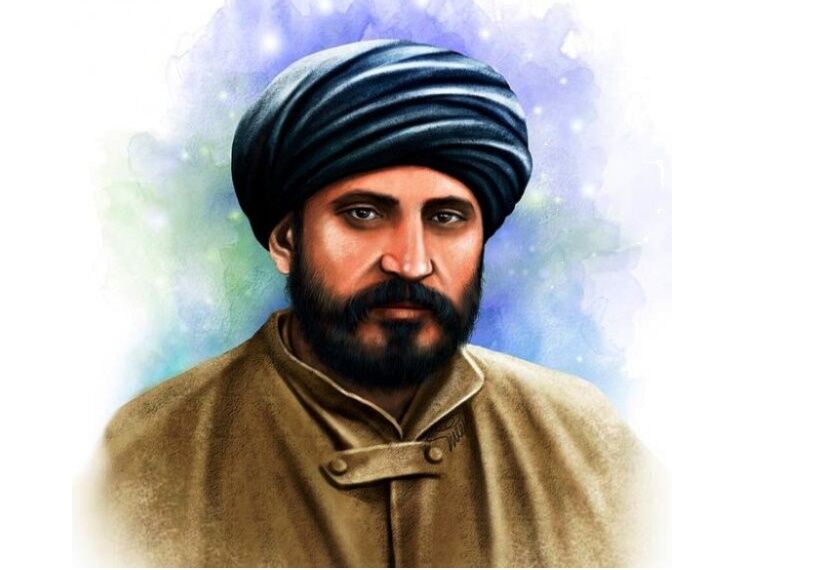Total: 0Toman
Hamzeh Ilkhanizadeh and His Role in the Iranian Sport of Polo
Hamzeh Ilkhanizadeh is a well-known name among those interested in polo, which is as an authentic Iranian sport
Farid Javaherkalam
Farid Javaherkalam translated many works in the fields of literature, history, and psychology into the Persian language during more than 70 years of activity
Hossein Sa’adatmand
Yazd laments are famous in Iran for their elegant lyrics and special style of performance: a style that Hossein Sa’adatmand played an important role in its development.
Mehdi Azaryazdi: The Father Iranian Child and Teenage Literature
Mehdi Azaryazdi’s writing style is very attractive for children.
Vahshi Bafqi
Vahshi Bafaqi has been described as a man of piety, high aspiration, and asceticism.
Najaf Daryabandari
Najaf Daryabandari was a great Iranian translator who left behind many translation works from English to Persian.
Mahin Afshanpour
Miniature painting is a genuine Iranian art and Mahin Afshanpour’s name shines at the peak of this art.
Jabbar Baghtcheban: The Teacher of Iranian Deaf Children
Jabbar Baghtcheban established the first Iranian kindergarten and school for deaf children in Iran.
Ibn Muqaffa’: The Scholar Who Introduced the Iranian Culture to Arab Countries
Kelileh va Demneh, “Tajnameh of Anushirvan”, “Ayinnameh Ahd Sassani”, “Kitab-e Mazdak, and Kitab al-Taj” are some of the books that Ibn Muqaffa’ has translated from Middle Persian to Arabic introducing the Iranian Culture to the Arab world.
Ibn Bawwab: Scripting the Holy Quran in Beautiful Reyhani Naskh Script
Ibn Bawab has written 64 copies of the Holy Quran. The full version of the Quran scripted by him is in the Chester Beatty Library of Ireland.
Ibn Miskawayh: Rational and Wise
Due to the importance given to ethics and its significance in politics, Ibn Miskawayh holds a noticeable position in the history of Islamic thought. He belongs to a tradition that considers special weight for reason and wisdom.
Unsuri Balkhi: The Peak of Eulogy
Unsuri Balkhi’s poetry is considered to be devoid of poetic tenderness, an issue that he himself had also noticed and admitted in the couplet: “Rudki’s ghazals were delicate / My ghazals are not like those of Rudki s”.
Baba Tahir’s Persian Quatrains: Vintage Poetry
Baba Tahir Oryan is mainly admired by both elites and others for his phenomenal do-beytis (quatrains).
Abu Sai’d Abu’l-Khayr: A Scholar Who Avoided Fanaticism
What seals Abu Sai’d Abu’l-Khayr’s name in history is that he was devoid of fanaticism. He respected everyone, regardless of their religious or cultural affiliations. He is also known as “the father of practical mysticism in Persian literature”.
Sheikh Al-Kulayni: a Devout Servant of Islam
By compiling Kitab al-Kafi, al-Kulayni helped preserve the traditions of the Ahl al-Bayt of the Holy Prophet of Islam.
Abd al-Rahman Jami and Islamic Gnosticism
Abd al-Rahman Jami managed to insert mysticism into the hearts of Iranian readers. The fluency of his prose helped Iranian readers get familiar with Islamic mysticism.
Al-Shaykh al-Saduq: One of the Greatest Shiite Hadith Scholars
Sheikh Sadouq believed that in order to know God, man needs divine inspiration or divine proof. He emphasized that reason cannot know God and discover religious knowledge in the absence of revelation.
Bayazid Bastami: Freed from Worldly Desires, In Search of Perfection
Bayazid Bastami’s disciples are known as “Teyfuriyya” or “Bastamiyya”. Teyfurriya is one of the oldest Sufi systems, which propagates that one can reach perfection through detachment from selfish and worldly desires.
Mulla Hadi Sabzevari: Manifestation of Philosophical Order
Hakim Mulla Hadi Sabzevari, with his special views, was able to take a new step in the development of philosophical teachings and was recognized as the founder of the Neo-Sadraei discourse.
Agha Bozorg Tehrani: Guardian of Shia Identity
Agha Bozorg Tehrani’s “Shia Bibliographic Encyclopedia” duly responds to an author’s remarks about the role of Shia in the history of Islam.
Mirdamad: Founder of New Islamic Philosophical Thoughts
Mirdamad’s major contribution to Islamic philosophy was his novel formulation regarding gradations of time and the emanations of the separate categories of time as descending divine hypostases. He resolved the controversy of the createdness or uncreatedness of the world in time by proposing the notion of “Hhuduth-e Dahri” (Atemporal origination).
Ayatollah Seyyed Hassan Modarres: The Symbol of Struggle against Tyranny
The name of Ayatollah Seyyed Hassan Modarres is a reminder of years of efforts and struggle against tyranny
Allameh Tabatabai: Outstanding Role in the Development of Islamic Philosophy
By writing the books Badayeh al Hikmah and Nahayah alHikmah, Allameh Tabatabai opened a new phase for Islamic philosophy.
Abul-Fadhl Bayhaqi: The Father of Persian Prose
Unlike other historians, Abul-Fadhl Bayhaqi did not fear criticizing the rulers, and was brave enough not to bow down to them.
Allameh Majlesi: Bihar al-Anwar and the Revival of the Importance of Hadiths
By compiling the book Bihar al-Anwar, Allameh Majlesi tried to revive the traditions of Prophet Mohammad and his household.
Khwaja Abdullah Ansari’s Supplications: the Climax of Spirituality
Khwaja Abdullah Ansari’s supplications were inspired by the Qur’an, hadith, and the teachings of mystics who lived before him.
Nasir Khusraw: the Flagbearer of Khurasani Protest Poetry
On the one hand, Nasir Khusraw confronted the indolent scholars, and on the other hand, he strived to pull the masses out of ignorance.
Sheikh Bahai and the Need for Reviving His Tumar
Around 500 years ago, Sheikh Bahai, a great Iranian scientist, ended the long-standing dispute in the distribution of the water of the Zainderud River by writing his book Tumar
Khwaja Nasir al-Din Tusi, A Genius in Mathematics and Astronomy
According to Ibn Khaldun, Nasir al-Din Tusi has been the greatest Iranian scientist of the post-Islamic era.
Shahriyar: A Lifetime of Pure Love
What has been behind by Shahriyar as his heritage is just love and love and love!
Al-Farabi: a Mediator between Religion and Philosophy
Al-Farabi was a great and influential thinker. Many scholars believe that he was of the rank of Avicenna.
Sohrevardi: The Founder of School of “Ishraq” (Illuminationism)
The renowned Iranian philosopher who has had a tremendous impact on contemporary thinkers.
Zakariya al-Razi: The Great Physician and Scholar of Alchemy and Philosophy
Zakariya al-Razi can be referred to as one of the most renowned physicians in the history of Iran in whose honor a number of laboratories, medical centers, and universities have been named “Razi”.
Rudaki: The Great Iranian Poet
Rudaki was a one of those great Iranian personalities, to whom Persian language owes an important part of its history.
Mulla Sadra and the Compatibility of Revelation and Wisdom
By writing the book “Asfar al-Arba’a”, Mulla Sadra changed Islamic philosophy.
Attar Neyshabouri: Why He Should Be Known Aknew
Being a great personality, many stories have been told about Attar Neyshaburi’s life.
Omar Khayyam: A Scientist and Poet of Global Fame
Khayyam was a great Iranian scientist and mathematician who is world-renowned mostly for his poetry.
Al-Biruni: A Role Model of Avoiding Fanaticism
Al-Biruni is said to be one of the greatest and most influential scientists of the 10th and 11th century CE.
Avicenna: The Man History Will Remember Forever
Avicenna was an extraordinary figure in the history of mankind. He was a master of philosophy, medicine, mathematics, and other prevailing sciences of his time. Indeed, history can’t deny the exceptionality of the likes of Avicenna.
Rumi: The Unique Iranian Poet and Mystic
Mawlana Jalal al-Din Balkhi, Rumi, is a great Persian-speaking poet and mystic who lived in the 7th century AH/13th century AD.
Ferdowsi and His Shahnameh, the Pride of Iran
Ferdowsi is celebrated as a guardian of national identity and culture by the people of Iran
Hafez: A Poet of Miraculous Words
Hafez’s poems are a display of the beauty of the Persian language
Nezami Ganjavi: the Renowned Iranian Poet
Nezami Ganjavi was a great Iranian poet of epic poetry who introduced a colloquial form of story writing in Persian literature and poetry
Why is Sa’di Still Alive?
Sa’di is known in Iran as the “first teacher” and he has carried this title for 700 years.
Zakariya al-Razi
Born in the city of Rey in the year 865 CE, Abu-Bakr Mohammad ibn Zakariya Razi is the renowned Iranian physician, philosopher, and alchemist, who is widely famous as the person who discovered alcohol, sulfuric acid, and Kerosene, and as rightly said by George Sarton, the founder of the discipline of the history of science, Razi was the greatest physician of Iran and the world during the medieval ages.
Rudaki
Abu Abdullah Jafar ibn Mohammad, popularly known as Rudaki was the first great poet of the Persian language and is referred to as the father of Persian poetry. Rudaki was born in the Rudak district of the city of Samarqand in the year 858 CE. At the age of eight, he learned and memorized the Holy Qur’an and simultaneously began his poetry
Omar Khayyam
The renowned Iranian polymath, mathematician, astronomer, philosopher, and poet, Hakim Omar Khayyam, was born in the city of Neyshabur on 18 May 1048 CE.
Nezami Ganjavi
Born in Ganjeh in the year 1141 CE, Jamal al-Din Abu Mohammad Ilyas bin Yusuf bin Zaki bin Mu’ayyad, popularly known as Nezami Ganjavi, was a great Iranian poet of epic poetry - originally from the Tafresh City - who introduced a colloquial form of story writing in the Persian literature and poetry. He is, thus, known as the pioneer of poetic story writing.
Ali Esfandiari
Ali Esfandiari, popularly known as “Nima Yushij”, the contemporary Iranian poet and nicknamed the father and founder of modern Persian poetry, was in the Yush district of the Mazandaran province of Iran born on November 11, 1897. “She’r-e Nau” (lit. New style of poetry) was a title that Nima himself had given to his art.
Abu Mo’in Naser bin Khosrow bin Harith Qubadiani Balkhi
Abu Mo’in Naser bin Khosrow bin Harith Qubadiani Balkhi, popularly known as Naser Khosrow, one of the great Iranian poets, writers, philosophers, and world travelers, was born in the Qubadian part of Marv in the year 1004 CE.
Sadr al-Din, Mohammad bin Ebrahim Qavami Shirazi
Sadr al-Din, Mohammad bin Ebrahim Qavami Shirazi, popularly known as Mulla Sadra and Ṣadr al-Muti’allihin, was born in the city of Shiraz in the year 1571 CE. He was a renowned Iranian philosopher and the founder of the Transcendent Philosophy.
Khawaja Nasir al-Din al-Tusi
Abu Ja’far Mohammad bin Mohammad bin Hasan Jahrudi Tusi, popularly known as Khawaja Nasir al-Din, was born in the Jahrud district of the Qom City on 18 February 1201 CE.
Kamaloddin Behzad
Kamaloddin Behzad, the greatest and most famous Iranian miniature painter was born in Herat in the year 1455 CE. The exact dates of his birth and death are not known.
Ghoamreza Takhti
a famous Iranian wrestler was born in a moderate and religious family in the Khaniabad neighborhood of Tehran on August 27, 1930.
Ghazali
Abu Hamed Mohammad ibn Ahmad Ghazali (1058 - 19 December 1111 CE), the great Iranian scientist, philosopher, theologian, and jurist and one of the greatest men of the great Islamic Sufism, was born in the Iranian city of Tus.
Abu Nasr Muhammad bin Muhammad Farabi
Abu Nasr Muhammad al-Farabi was one the earliest Islamic intellectuals who was instrumental in transmitting the doctrines of Plato and Aristotle to the Muslim world. He had a considerable influence on the later Islamic philosophers such as Avicenna.
Dehkhoda
Ali Akbar Dehkhoda, a great Iranian literary personality, journalist, satirist, member of the National Assembly, university professor, linguist, lexicographer, and poet - who has come to be widely known for his masterpiece “Persian to Persian Dictionary”, was born in Tehran on February 24, 1880.
Darvish Khan
Born in Tehran in the year 1872 CE, Gholamhossein Darvish, popularly known as Darvish Khan, was a renowned Iranian artist and a traditional musician of the late Qajar era.
Baba Taher
Baba Taher of Hamadani, popularly known as “Baba Taher Oryan” was the Iranian mystic, poet, and couplet composer of the 11th century CE.
Attar Neyshabouri
Farid al-Din Abu Ḥamed Mohammad bin Abu Bakr, popularly known as Attar Neyshabouri - one of the renowned Iranian mystics and poet of the Persian language - was born in the Kadkan district of the city of Neyshabour in the year 1146 CE.
Amir Kabir
Mirza Mohammad Taghi Khan Farahani, popularly known as Amir Kabir
Abu Rayhan Biruni
Abu Rayhan Mohammad bin Ahmad Biruni, popularly known as Al-Biruni is a renowned Iranian scholar, scientist, mathematician, astronomer, chronologist, anthropologist, Indologist, and natural scientist who was born on 5 September 973 CE in an area near Khwarazm and for this reason, he came to be known as Al-Biruni, meaning someone belonging to outside Khwarazm.
Mohammad Ghaffari (Kamal al-Molk)
Mohammad Ghaffari , popularly known as Kamal al-Molk, was an Iranian painter and artist from the city of Kashan. Kamal-ol-Molk was one of the most famous and influential personalities in the history of Iranian art.
Ferdowsi
Ferdowsi is the greatest Iranian epic Persian poet who composed “Shahnameh”, comprising nearly 60,000 verses, which turned out to be the most famous collection of his poems and one of the greatest literary works of ancient Persia.
Qeysar Aminpour (Khuzestan)
Qeysar Aminpour is one of the most influential poets of the post-Iranian Revolution period. He has written poems about Iran-Iraq War, as well as poems in classic and modern style. Some believe that he shifted from poems about the war to poems about love, and others know him to be the greatest poet of Iranian Revolution.
Ali Esfandiari (Nima Yushij)
Ali Esfandiari, popularly known as “Nima Yushij”, the contemporary Iranian poet and nicknamed the father and founder of modern Persian poetry, was in the Yush district of the Mazandaran province of Iran born on November 11, 1897
Hafez
Khawaja Shams al-Din Mohammad bin Baha’ al-Din Hafez Shirazi, popularly known by his pen name, Hafez, the renowned Iranian poet of international repute was born in the city of Shiraz in the year 1315 CE.
Parvin Etesami
Rakhshandeh Etesami, popularly known as Parvin Etesami, one of the most famous contemporary Iranian poets, who has been described as “the most famous female poet of Iran was born in the city of Tabriz on March 17, 1906 CE.
Jalal al-Din Mohammad Balkhi
Jalal al-Din Mohammad Balkhi, popularly known as Mawlawi, Mawlana, and Rumi, and one of the most famous Iranian poets, was born in the city of Balkh of the Greater Khorasan in September 1207 CE. His full name was “Mohammad ibn Mohammad ibn Hossein Hosseini Khatibi Bakri Balkhi” and during his lifetime he was called “Jalal al-Din”, “Khodawandegar” and "Mawlana Khodawandegar”.
Seyyed Mohammad Hossein Bahjat Tabrizi
Seyyed Mohammad Hossein Bahjat Tabrizi, popularly known as Shahriyar and the renowned Iranian poet who composed poems in Persian and Azari languages, was born in the suburban areas of the city of Tabriz on 21 March 1904 CE.
Seyed Jamaluddin Asadabadi
An intellectual and thinker of the Islamic world in the period of Nasser al-Din Shah. He was born in Asadabad, Hamedan


(b)_crop_8.jpg)
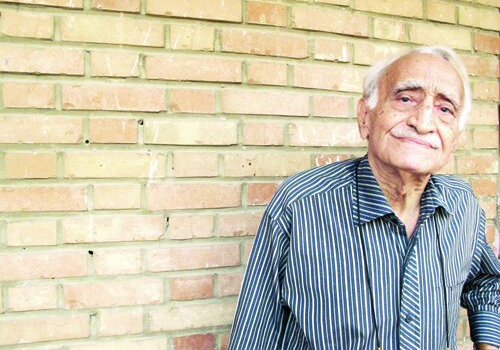

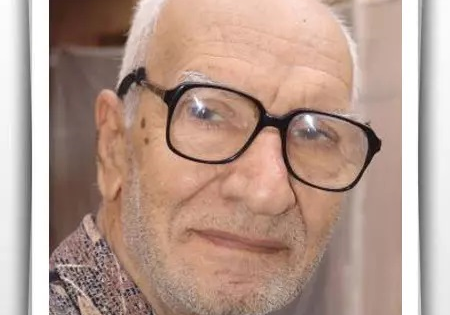
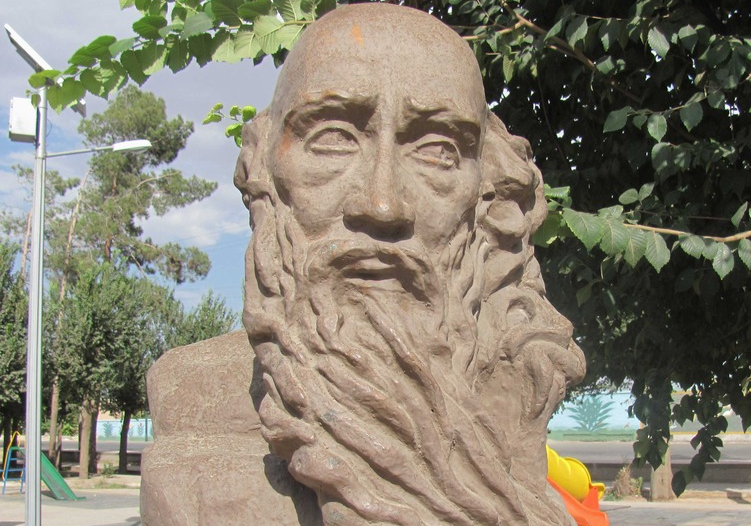
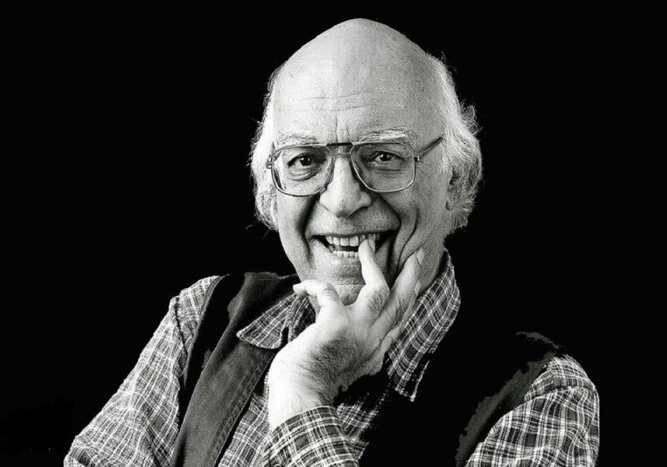
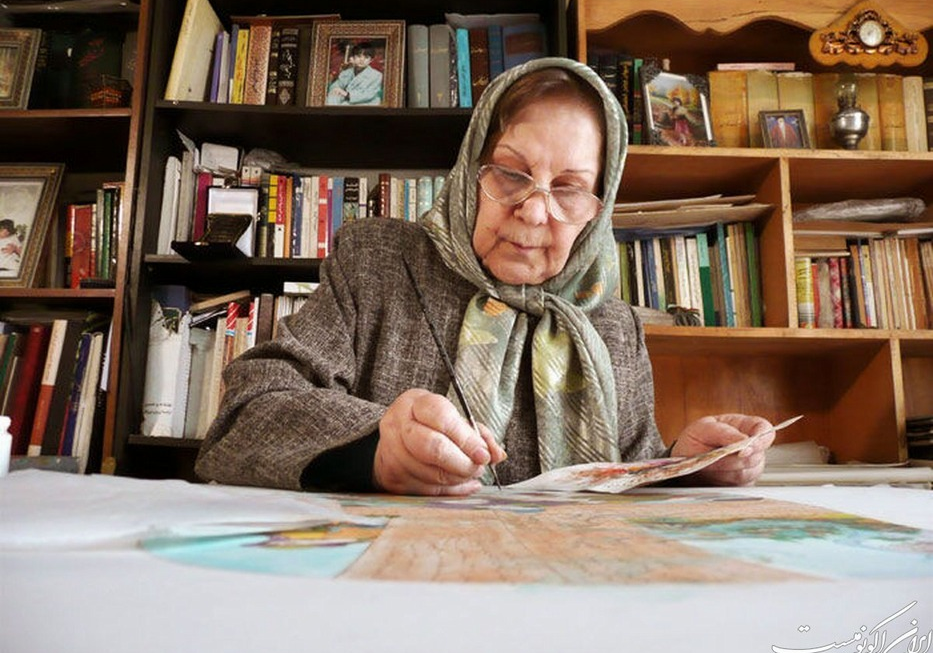





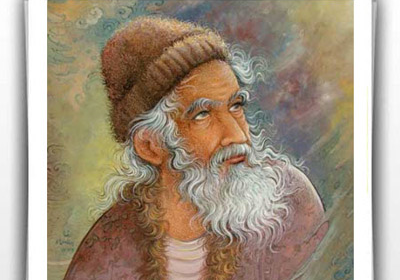




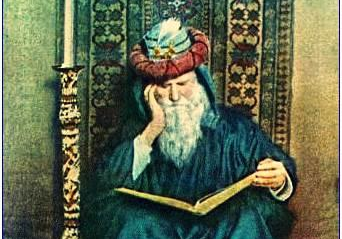
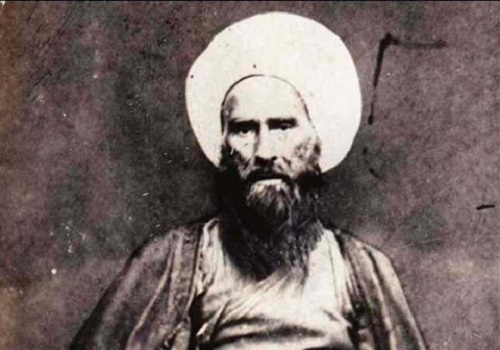

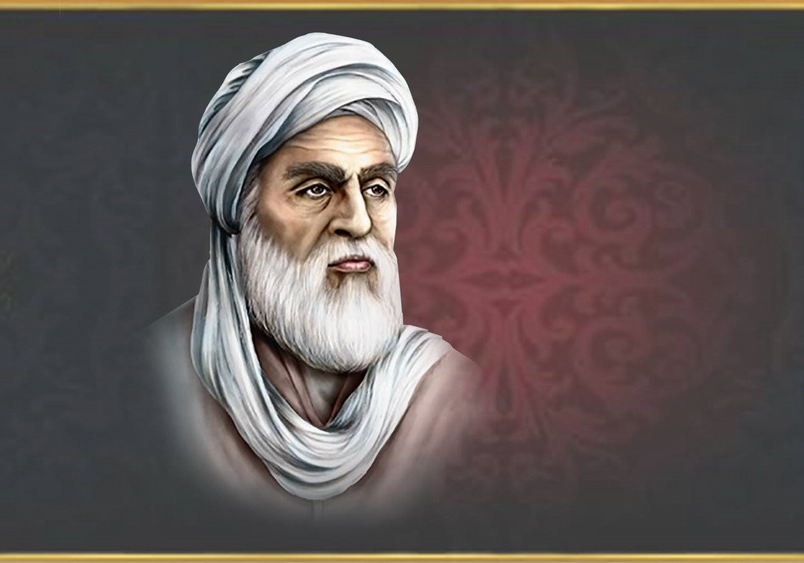



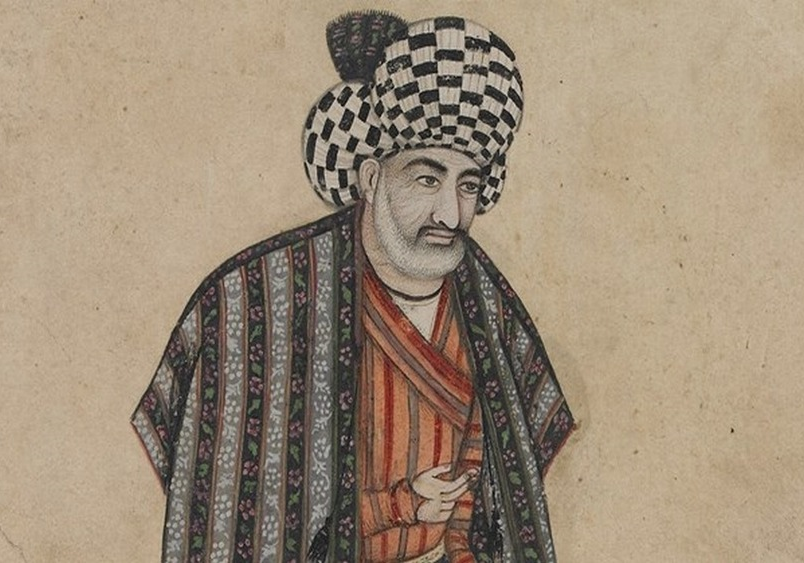

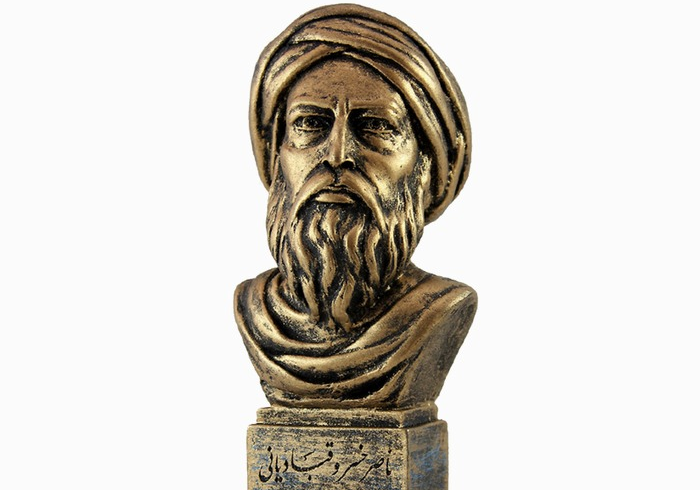
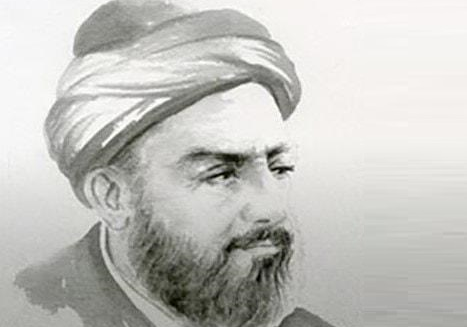


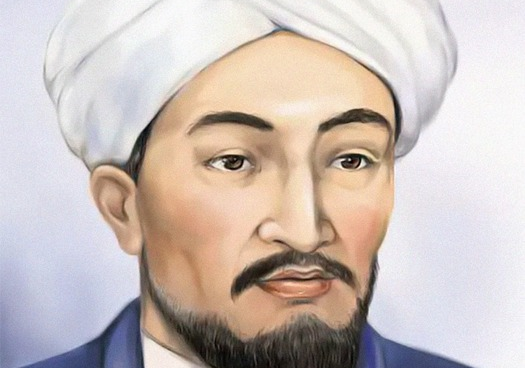


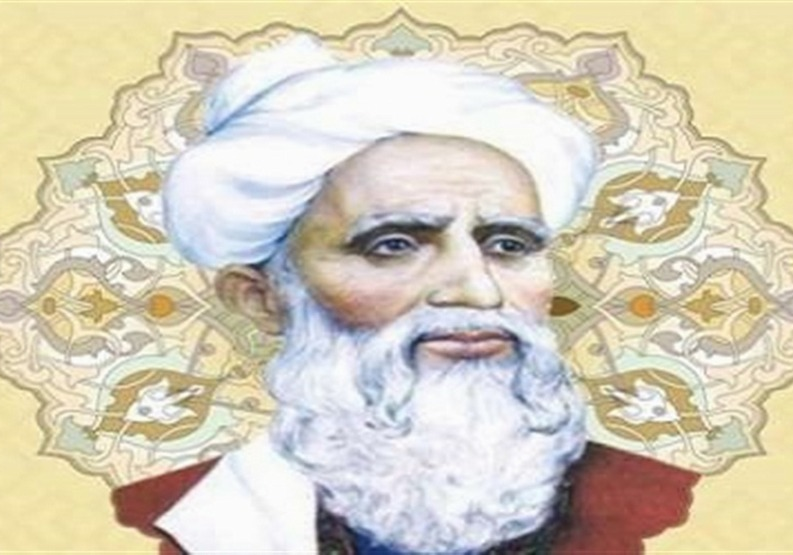





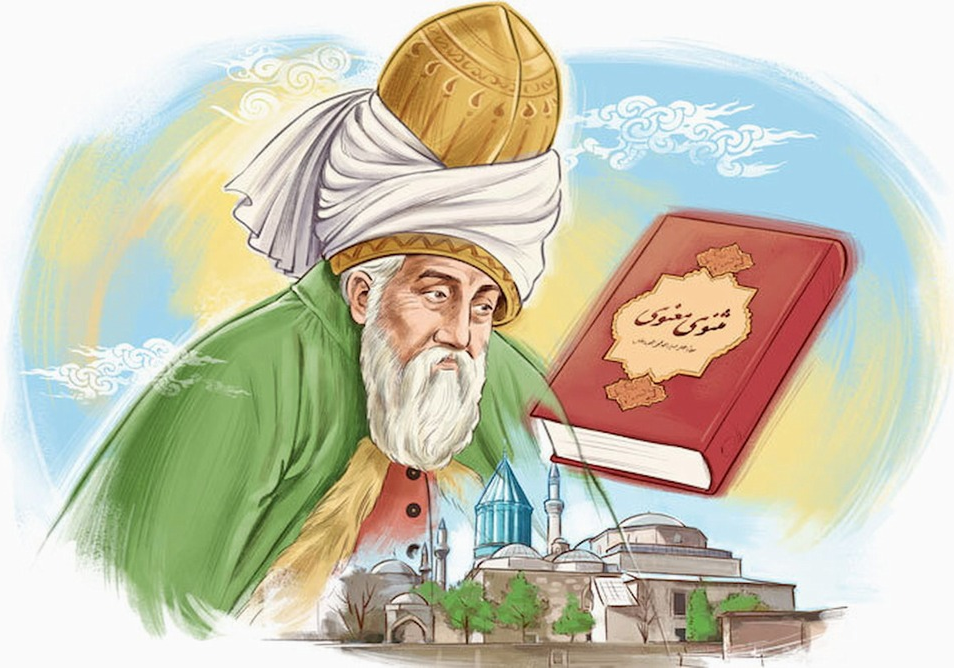
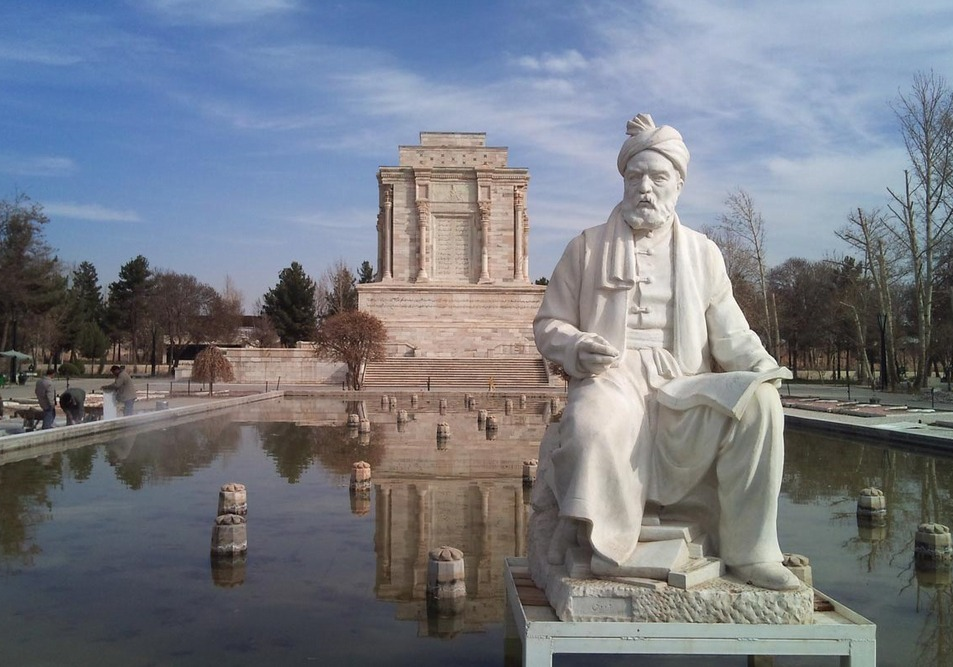

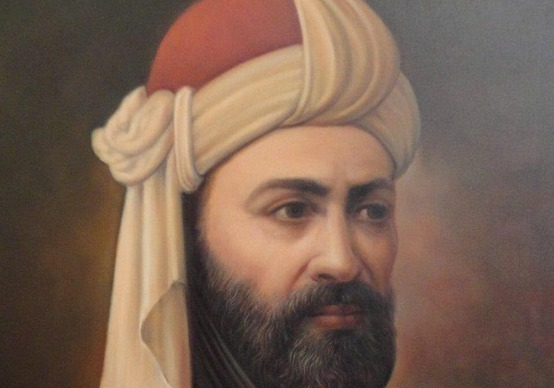



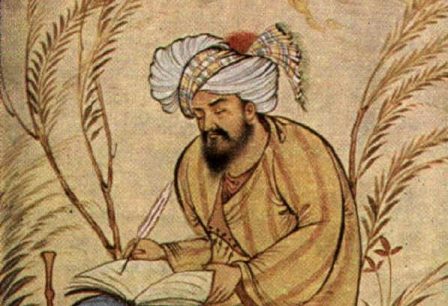
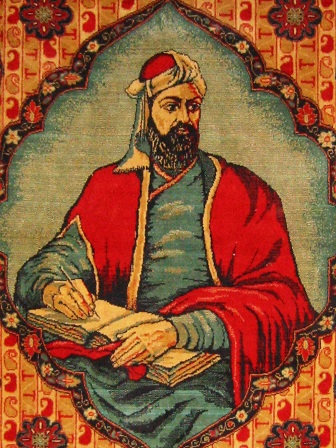






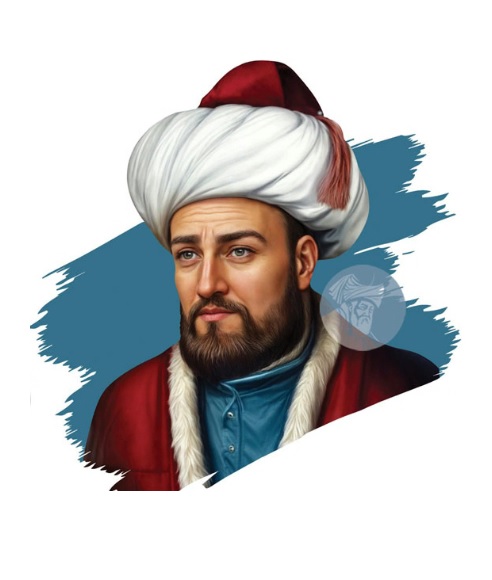



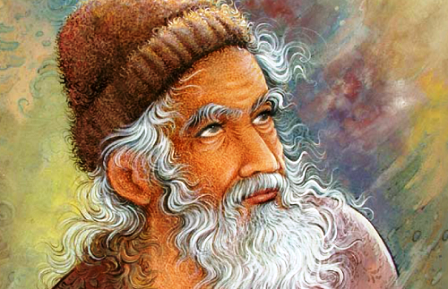

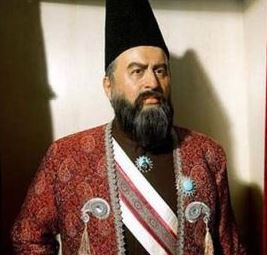





.jpg)


